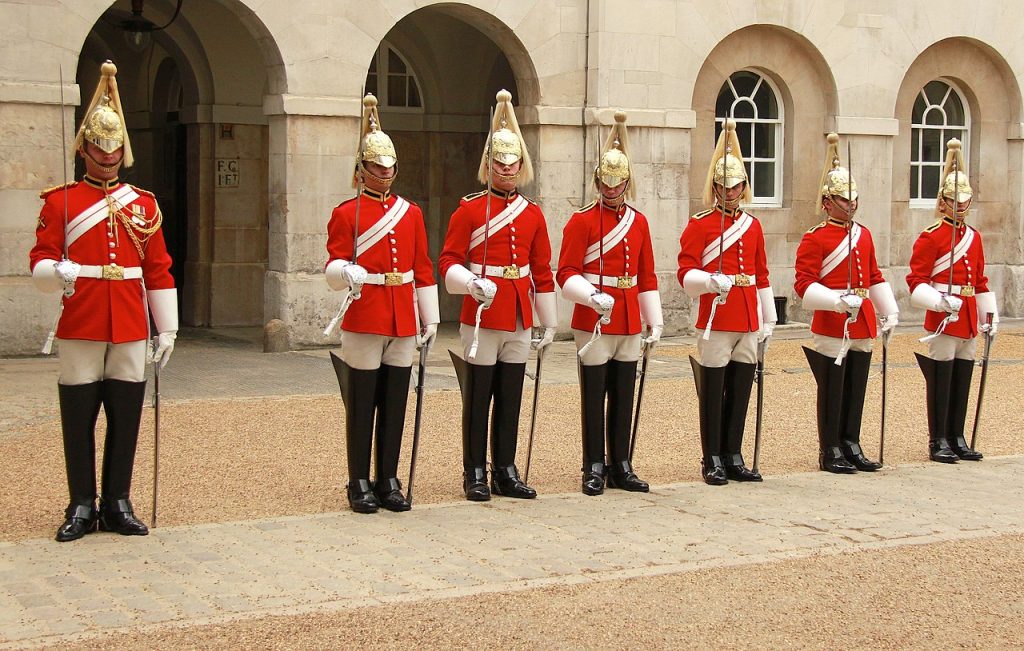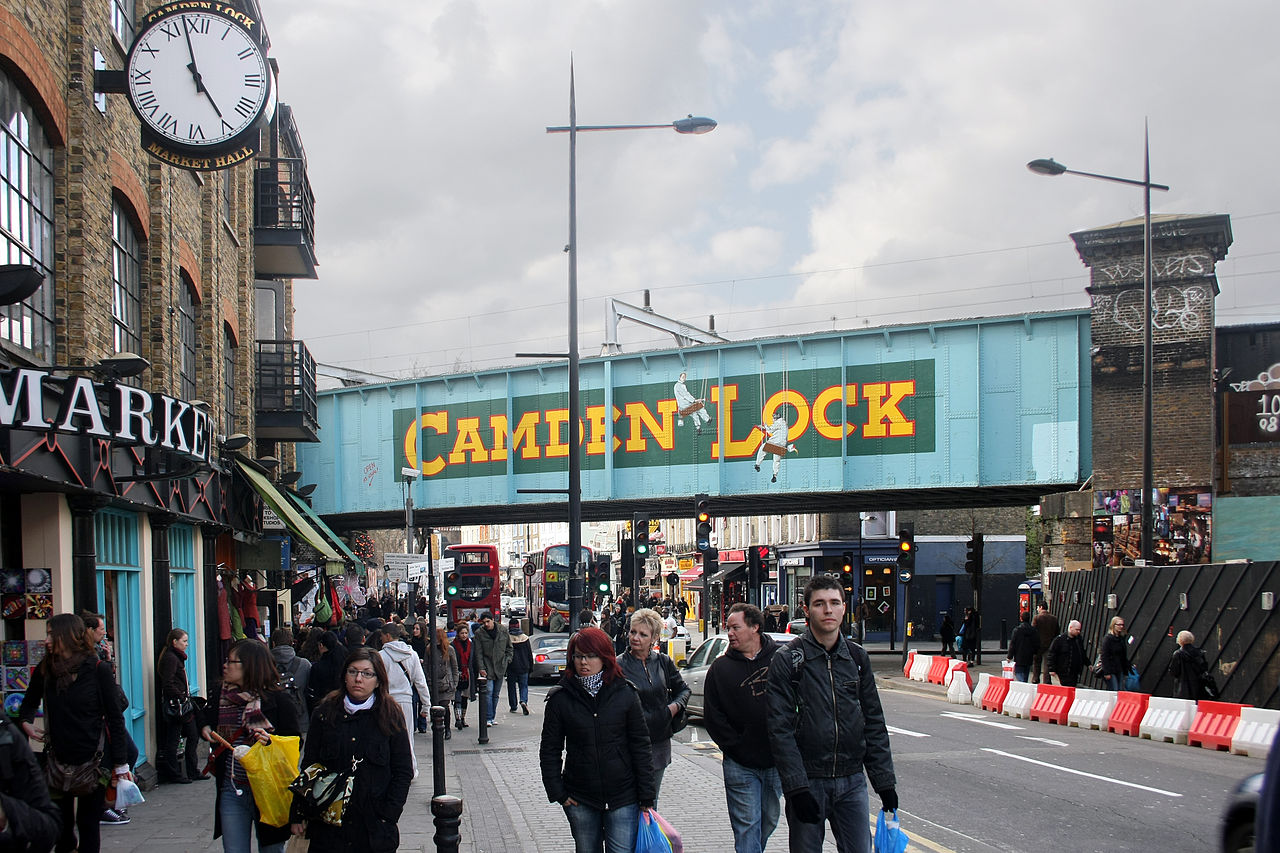Planning your trip to London doesn’t need to be overwhelming, just a bit of savvy prep goes a long way. With its iconic landmarks, buzzing cultural scene, and unique British quirks, London is a thrilling destination that offers something for every kind of traveller. But before you hop on a plane, it’s worth brushing up on the essentials: how to get around, what to pack, when to visit, and those tiny cultural details that might catch you off guard (yes, we queue for everything).
Whether you’re coming for the museums and history, West End shows, shopping sprees, or just to tick Big Ben off your list, being prepared will help you hit the ground running. London isn’t the cheapest city in the world, but if you know where to look, there are plenty of ways to stretch your budget without missing out. The weather can be unpredictable (read: pack a brolly), and navigating the Tube on your first day might be a little confusing, but that’s part of the charm.
Below, you’ll find helpful tips sorted into easy sections, so you can plan your London adventure with confidence and a cheeky grin. Let’s crack on!

© Cristian Bortes, licensed under the Creative Commons Attribution 2.0 Generic license
Best Time to Visit
- Spring (March–May): Parks are in bloom, and crowds are still manageable.
- Summer (June–August): Festival season, long daylight hours—but also peak tourist time.
- Autumn (September–November): Crisp air, colourful leaves, and fewer crowds.
- Winter (December–February): Cosy pubs, Christmas markets, and lower hotel rates (except Christmas/New Year week).
Insider tip: Shoulder seasons (late spring and early autumn) offer the best combo of good weather and reasonable prices.
What to Pack (By Season)
Spring:
- Layers, light jumper, waterproof jacket
- Comfortable shoes (London = walking!)
- Sunglasses + umbrella (yes, both)
Summer:
- Light, breathable clothes
- Suncream (it does get sunny!)
- A scarf or light jumper for cool evenings
Autumn:
- Warm layers, waterproofs
- Ankle boots are handy
- A portable umbrella or hooded coat
Winter:
- Thick coat, gloves, hat, scarf
- Thermal underlayers if you feel the cold
- Warm socks for long walks outdoors
Insider tip: Londoners love a stylish coat, it’s the key winter fashion piece here.
Getting Around
- Oyster Card / Contactless: Tap in and out on buses, Tube, and Overground. Daily caps make it cheaper than paper tickets.
- Tube (Underground): Fastest way to get around central London. Avoid rush hour (7:30–9:30am, 5–7pm).
- Buses: Cheaper and more scenic, especially useful at night when the Tube runs less frequently.
- Walking: Great for central areas like Soho, Covent Garden, and the South Bank.
- Bikes (Santander Cycles): Rent from docking stations across the city. First 30 minutes cost £1.65.
- Trains: For day trips to places like Brighton, Cambridge, or Oxford.
- Taxis: Black cabs are iconic but pricey. Use Bolt or Uber for cheaper alternatives.
Getting from the Airport to Central London
Heathrow Airport (LHR)
London’s busiest airport is well connected, and getting into the city is easy, it just depends on your budget and schedule.
- Heathrow Express: The fastest option: just 15 minutes to Paddington Station. Trains leave every 15 minutes. Tickets cost around £25 if bought last minute, but you can snag early-bird deals from £5.
- Elizabeth Line: A cheaper and still comfortable alternative. Takes around 30–35 minutes to central London (Tottenham Court Road or Liverpool Street) and costs roughly £12.
- Piccadilly Line (Tube): The budget-friendly choice. Journey takes about 50 minutes to the city, and a single fare costs around £5.60 with an Oyster or contactless card.
- Taxis & Ride-Hailing: A black cab will set you back £60–£100, depending on traffic. Uber or Bolt can be slightly cheaper but still pricey. Not recommended during peak hours unless convenience matters most.
Insider tip: The Tube is a great option if you’re traveling light and arriving outside rush hour.
Gatwick Airport (LGW)
Located south of London, Gatwick is a major hub for European flights and low-cost carriers.
- Gatwick Express: A non-stop train to Victoria Station in about 30 minutes. Costs around £20–£25. Trains run every 15 minutes.
- Thameslink Trains: A slower but cheaper option, going to London Bridge, Blackfriars, or St Pancras. Takes 35–50 minutes and costs from £10.
- Southern Rail: Another affordable train to Victoria Station, similar timing to Thameslink and slightly cheaper than the Express.
- Taxis & Ride-Hailing: Expect to pay £90–£130 depending on time and traffic. It’s a long and sometimes congested drive into the city.
Insider tip: If you’re staying near London Bridge, the Thameslink train is the smartest and cheapest way in.
Money & Budgeting
- Currency: British Pound (£)
- Contactless cards and Apple/Google Pay are widely accepted
- Tipping: 10–12.5% in restaurants is standard if not already included
- Budget meals can be found at supermarkets, food markets, or high-street chains like Pret, Wasabi, or Greggs
- Museums are mostly free, donations are welcome
Entry Requirements & Visas
- EU/EEA/Swiss travellers: Currently visa-free for visits under 6 months
- US, Canada, Australia, New Zealand: Visa-free up to 6 months for tourism
- Other nationalities: Check the UK government website
- Passport must be valid for the entire stay
- No longer part of the EU, be prepared for customs checks
Connectivity & SIM Cards
- Free Wi-Fi available in most cafes, stations, and museums
- SIM cards available from networks like EE, Vodafone, Three
- eSIMs are also supported by most providers
- A £10 prepaid SIM gets you plenty of data for your trip
Time Zone & Electricals
- Time zone: GMT (or BST in summer)
- Plug type: Type G, 230V/50Hz
- Bring an adaptor if you’re not from the UK
- Most hotel rooms have USB chargers now, but it’s always good to pack your own
Local Etiquette & Tips
- We queue (politely) for everything. Respect the line! Even though it might look a bit chaotic at bus stops, Londoners are born with the genes to exactly remember when they have arrived, who was in front of them, and when it’s their turn. As soon as the bus arrives, you will see a proper line form quickly. It’s a great show in itself. Enjoy!
- Saying “sorry” and “cheers” goes a long way
- Stand on the right side of the escalator
- Jaywalking is rare but not illegal. Still, look both ways!
- Londoners may seem reserved but are friendly when approached politely
